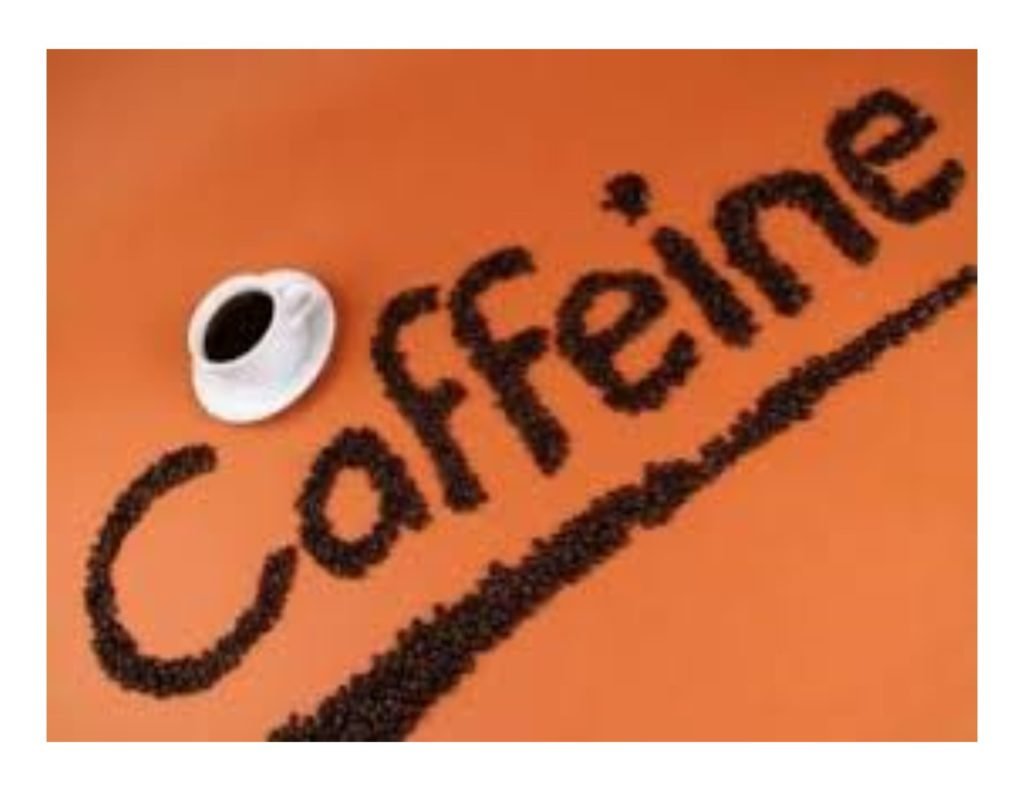
Is caffeine bad for you?
From a strictly a “being healthy” stand point, is caffeine bad for you??? Not necessarily, but it would probably be better if you could manage your energy levels without adding stimulants!
With that in mind it really depends on what source you get your caffeine from and how much you have every day. Like most things in life, too much of something is rarely good for you.
Unfortunately caffeine based products are seemingly everywhere. So what is the best product/bang for your buck. I am not a nutritionist, but I will say this: The more ingredients I see in a product, the more I think to myself “chemical sh*t storm”. So if you are looking for caffeine, find a product with caffeine, not a product made in a chemistry lab.
The personal trainers at The SET are usually proponents for a simple non-processed diet.
For more specific nutritional advice The SET does have certified personal trainers that are certified in and specialize in nutrition/diet plans that are based on your lifestyle.
The following is a list of products
Type of tea Size* Caffeine**
Brewed tea
Black tea 8 oz. (240 mL) 14-61 mg
Black tea, decaffeinated 8 oz. (240 mL) 0-12 mg
Green tea 8 oz. (240 mL) 24-40 mg
Iced tea
AriZona Iced Tea Caffeine 8 oz. (240 mL) 11 mg
Generic instant, unsweetened 8 oz. (240 mL) 26 mg
Lipton Brisk Lemon Iced Tea 8 oz. (240 mL) 5-7 mg
Energy drink Size* Caffeine**
5-Hour Energy 2 oz. (60 mL) 207 mg
AMP, regular 8 oz. (240 mL) 72-74 mg
Cran-Energy 8 oz. (240 mL) 70 mg
Full Throttle 8 oz. (240 mL) 70-72 mg
Monster 8 oz. (240 mL) 80 mg
Red Bull 8.4 oz (250 mL) 76-80 mg
Rockstar, regular 8 oz. (240 mL) 79-80 mg
Type of coffee Size* Caffeine**
Espresso, restaurant-style 1 oz. (30 mL) 40-75 mg
Espresso, restaurant-style, decaffeinated 1 oz. (30 mL) 0-15 mg
Generic brewed 8 oz. (240 mL) 95-200 mg
McDonald’s brewed 16 oz. (480 mL) 100 mg
McDonald’s Mocha Frappe 16 oz. (480 mL) 125 mg
Starbucks Latte 16 oz. (480 mL) 150 mg
Starbucks Pike Place brewed 16 oz. (480 mL) 330 mg

 “The secret to weight loss”.
“The secret to weight loss”.